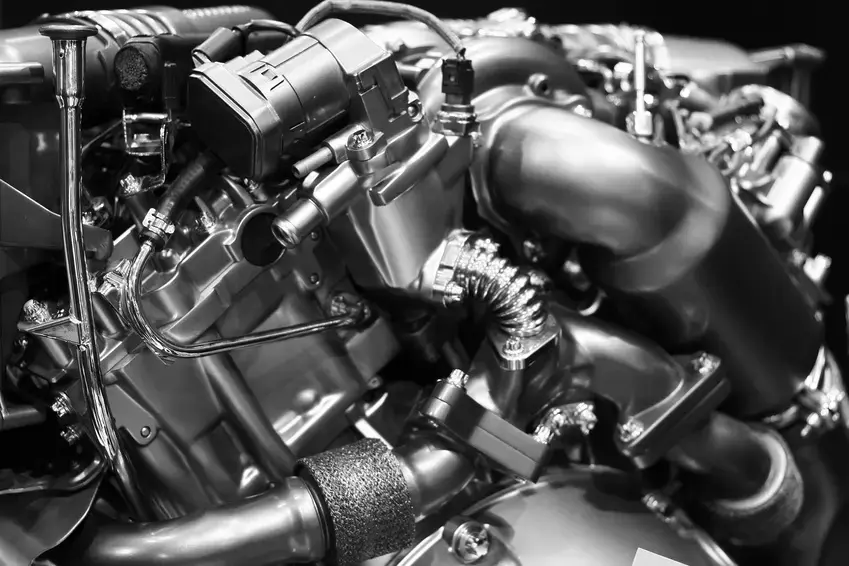Gasoline Direct Injection (GDI) promises efficiency and power – but it also introduces new challenges for emission control. Key to cleaner combustion is the precise measurement of fuel pressure.
By 2025, around 40 million vehicles with GDI engines are expected to be sold worldwide. The fact that these engines – despite their efficiency – often emit more fine dust particles than modern diesel engines with particulate filters becomes increasingly relevant.
As their adoption grows, these emissions are attracting more attention from regulatory authorities and OEMs. The goal is to minimize fine dust without sacrificing performance. A key element in achieving this is the precise control and measurement of injection pressure.
Improvement through Higher Injection Pressure
Engineers are employing various approaches in the development of GDI engines: higher fuel pressures, optimized injection timing, finer atomization, and alternative fuels. According to Ford research expert Matti Maricq, direct injection into the hot combustion chamber allows for more efficient and cleaner burn – resulting in higher performance and lower consumption.
However, factors like incomplete vaporization, wetted cylinder surfaces, and fuel-rich zones – especially during cold starts and load changes – can lead to undesirable particulate emissions.
A recent SAE study shows that higher fuel pressures – around 20 to 40 MPa – improve the homogeneity of the air-fuel mixture and reduce the formation of diffusion flames. The result: significantly fewer fine dust particles while maintaining or even improving power.
Sensors as a Key to Emission Reduction
For precise control of injection, accurate measurement of fuel pressure in the common rail line is essential. Even minor deviations can distort pressure modulation and adversely affect efficiency and emissions.
Most direct injection systems use piezoresistive pressure sensors on the low-pressure side. Metal membrane sensors with strain gauges (DMS) are used on the high-pressure side. These generate electrical voltage changes that the control unit converts into precise pressure readings – typically with an accuracy of ±2 %.
Modern systems often operate without return lines but include integrated temperature sensors to measure fuel density. This information allows for optimized injection based on the energy content of the fuel.
Why Precise Pressure Sensors Are Indispensable
Accurate real-time measurement of line pressure is crucial to:
- Control the injection timing precisely
- Adjust the amount injected according to engine load and temperature
- Detect and prevent malfunctions
- Systematically reduce fine dust emissions
STS offers several proven solutions for such high-pressure applications:
- ATM.1ST: Highly precise, temperature-compensated pressure transmitter with modular configuration – ideal for developing and validating GDI systems.
Conclusion
GDI engines combine efficiency and dynamics – but also face increased demands on emission control. Precise measurement of injection pressure with advanced sensors is a central lever. It enables optimized combustion, reduces particle emissions, and ensures compliance with future environmental standards.
